What Every Founder Must Prioritise in the 100 Days Post-Investment
For many founders, closing an investment round feels like the end of a marathon. But in truth, it’s just the beginning of a much more complex race. The first 100 days after securing capital are among the most critical in a company’s lifecycle. It’s the window where expectations are set, foundations are laid, and momentum is either captured—or lost.
With the average seed round in the UK now exceeding £1.2 million (Beauhurst, 2024) and venture capital investors expecting visible traction within 6–12 months post-funding, founders are under increasing pressure to turn capital into measurable progress—fast.
Here’s what every founder should focus on in that crucial first stretch.
1. Get Ruthlessly Clear on the Plan
Post-funding, ambiguity is the enemy. Whether it’s a 12-month roadmap or a more agile quarter-by-quarter strategy, investors want clarity on how their capital will be deployed and what milestones will be hit.
- Rebuild the operating plan around newly available capital.
- Set monthly KPIs that align with your next funding round or key commercial inflection point.
- Hold a strategy offsite—even if it’s just you and a few key hires—to align on goals.
Stat to Note: Startups that fail to hit investor-aligned milestones in the first 6 months post-seed are 58% less likely to raise a follow-on round (PitchBook, 2023).
2. Build the Right Team—Fast, but Not Carelessly
Hiring decisions made in the first 100 days can make or break a startup’s trajectory. The temptation to rush and fill roles is real, especially when investor cash has just landed, but mis-hires at this stage are costly.
- Focus on “founder multipliers”: early hires who unlock bandwidth, not just fill gaps.
- Don’t hire for vanity. Prioritise revenue-generating and product-critical roles.
- Build a recruitment process that reflects your values from Day 1.
Market Insight: 70% of startups cite hiring as their #1 challenge post-raise (Atomico State of European Tech, 2024).
3. Operationalise Like You Mean It
Seed and Series A investors are now paying far more attention to operational maturity. Founders who get ahead of the curve with clean processes, lean reporting, and data discipline are already outperforming the rest.
- Implement monthly reporting. It doesn’t have to be heavy, but it should be real.
- Automate wherever possible—especially in finance, CRM, and product analytics.
- Set up board rhythms early. The best founders treat board meetings as strategic levers, not admin headaches.
Tool Adoption: Over 80% of successful seed-funded companies now implement core finance stack tools (e.g. Xero, Capdesk, or Float) within the first 3 months post-funding.
4. Get Closer to Your Customer Than Ever Before
Funding brings focus, and focus should be on customers. Whether you’re still validating product-market fit or doubling down on go-to-market, nothing matters more than your proximity to users.
- Block out founder time each week for direct customer interaction.
- Track leading indicators: engagement, retention, and qualitative feedback.
- If in doubt, ship smaller, faster, and listen harder.
Retention Reality: Companies with strong early user feedback loops see 2.4x higher retention rates in their first year (Accel’s Seed to Scale Report, 2024).
5. Manage the Narrative (Internally and Externally)
The first 100 days are when you shape the tone—culture, ambition, and the broader story you’re telling to talent, partners, and future investors.
- Reintroduce the company with a post-raise narrative: what’s next, what matters.
- Keep communication high inside the team; silence breeds uncertainty.
- Begin tracking metrics that matter for the next raise (not just today’s reality).
Strategic Note: The best founders use their first investor update post-raise as a tone-setting moment for the journey ahead.
Final Thought: Momentum is Everything
The data is clear: startups that fail to act decisively in their first 100 days post-funding struggle to recover. Those that treat this period as a launchpad—not a cooldown—are the ones that go on to lead markets, raise further rounds, and build durable companies.
This is the window where clarity, pace, and strategic intent set the tone for everything that follows.
Because funding isn’t the finish line. It’s the starting gun.





